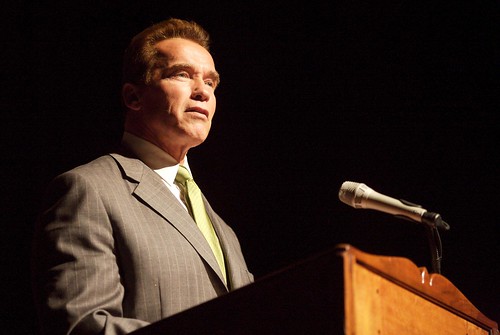-
Finextra: Visa launches carbon-offset credit card in Europe
Visa has launched a ‘green’ credit card that will enable its business cardholders in Europe to offset the carbon emissions created by the products it is used to pay for.
-
Global carbon emissions rising rapidly: study | Environment | Reuters
The Global Carbon Project said in its report carbon dioxide emissions from mankind are growing about four times faster since 2000 than during the 1990s, despite efforts by a number of nations to rein in emissions under the Kyoto Protocol.
-
After Gutenberg » Siemens SISHIP Eco Prop
Siemens Marine Solutions. They have developed “a very compact hybrid propulsion system for small vessels, using a combination of standard commercial generators, motors and mechanical gear package.” Green Car Congress2 describes the SISHIP Eco Prop as “an integrated solution which provides the benefits of Hybrid Diesel Electric Propulsion systems for smaller vessels traditionally powered by conventional mechanical propulsion systems.”
-
UK needs ‘Green New Deal’ to tackle ‘triple crunch’ of credit, oil price and climate crises
On the first anniversary of Northern Rock falsely reassuring markets, and 75 years since President Roosevelt launched a New Deal to rescue the US from financial crisis, a new group of experts in finance, energy and the environment have come together to propose a ‘Green New Deal’ for the UK.
And, as the Green New Deal Group launch their proposals, new analysis suggests that from the end of July 2008 there is only 100 months, or less, to stabilise concentrations of greenhouse gases in the atmosphere before we hit a potential point of no return.





